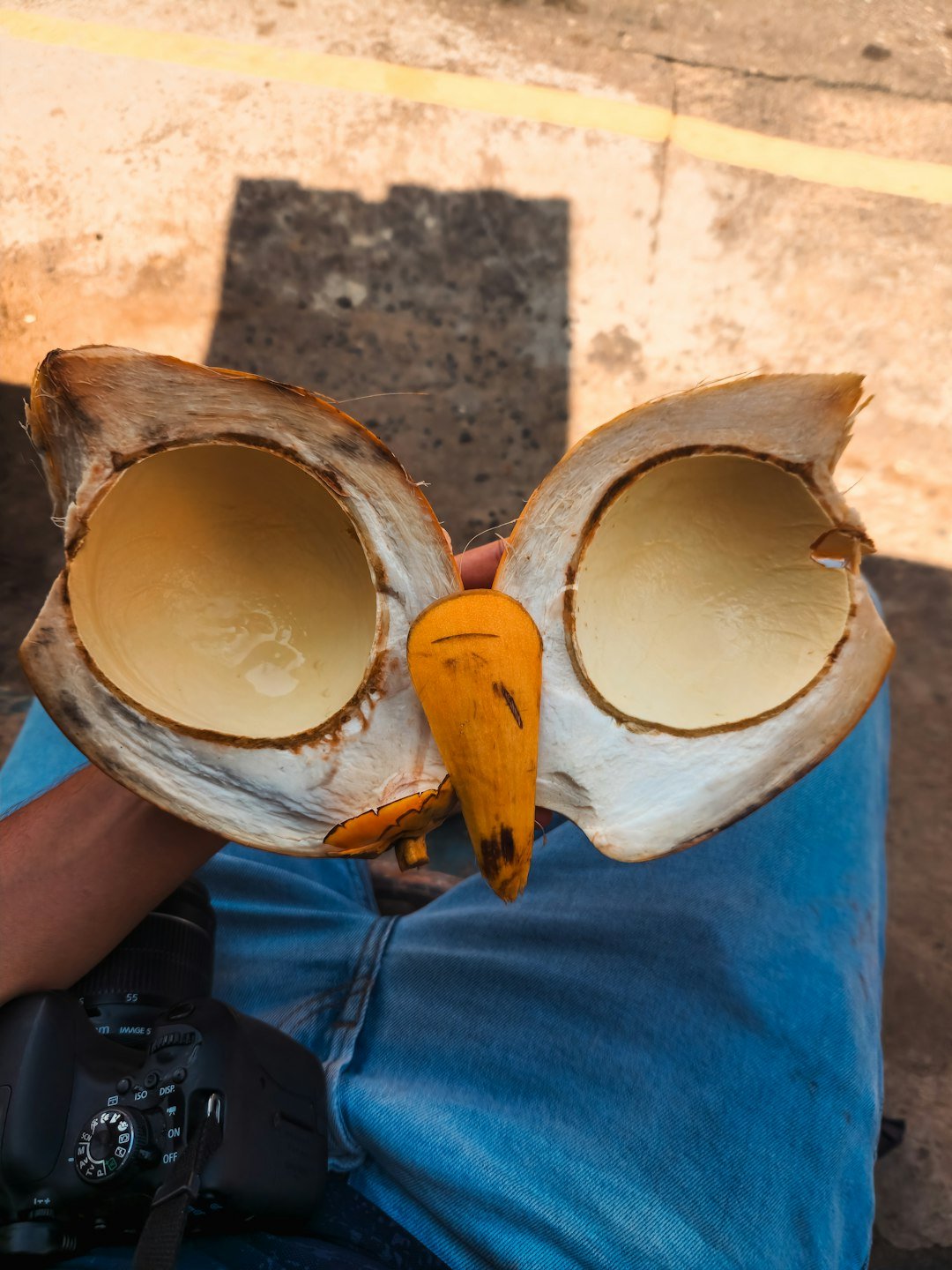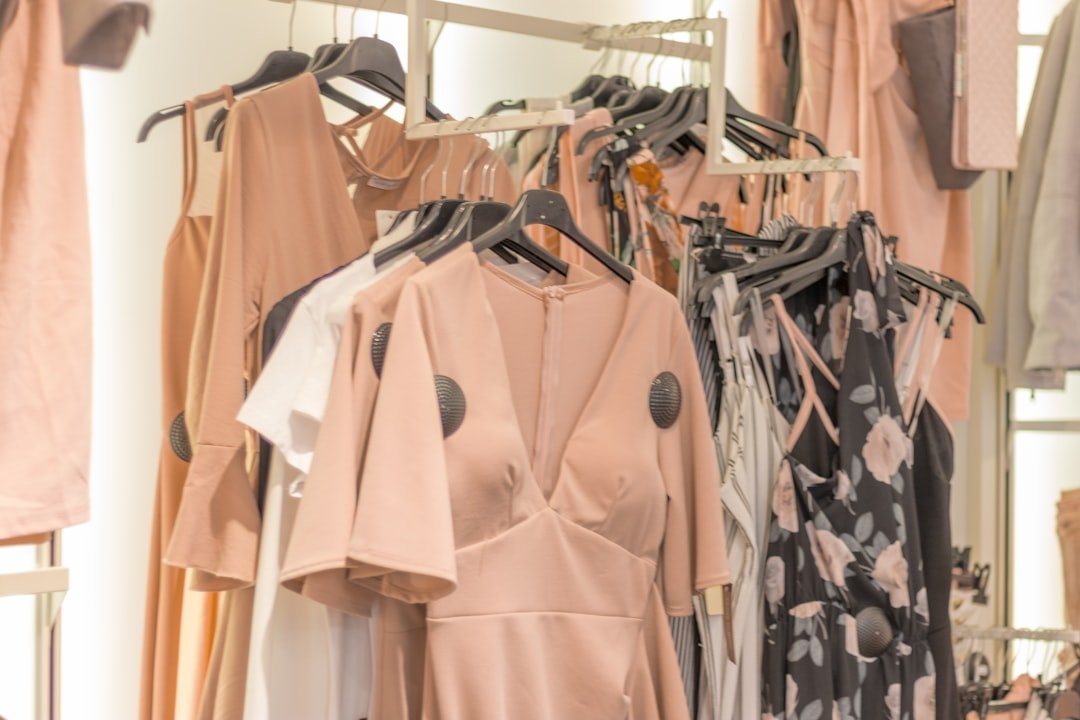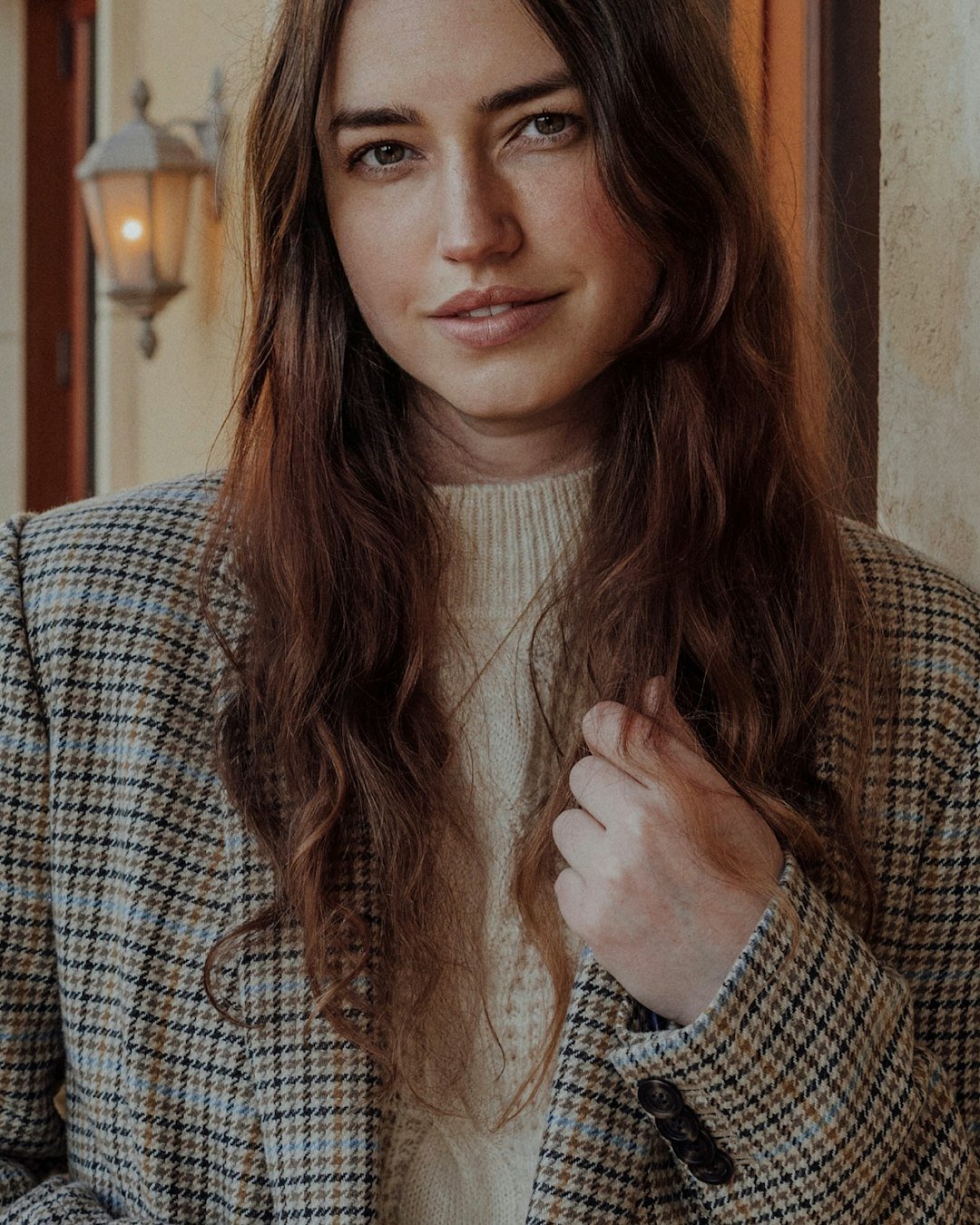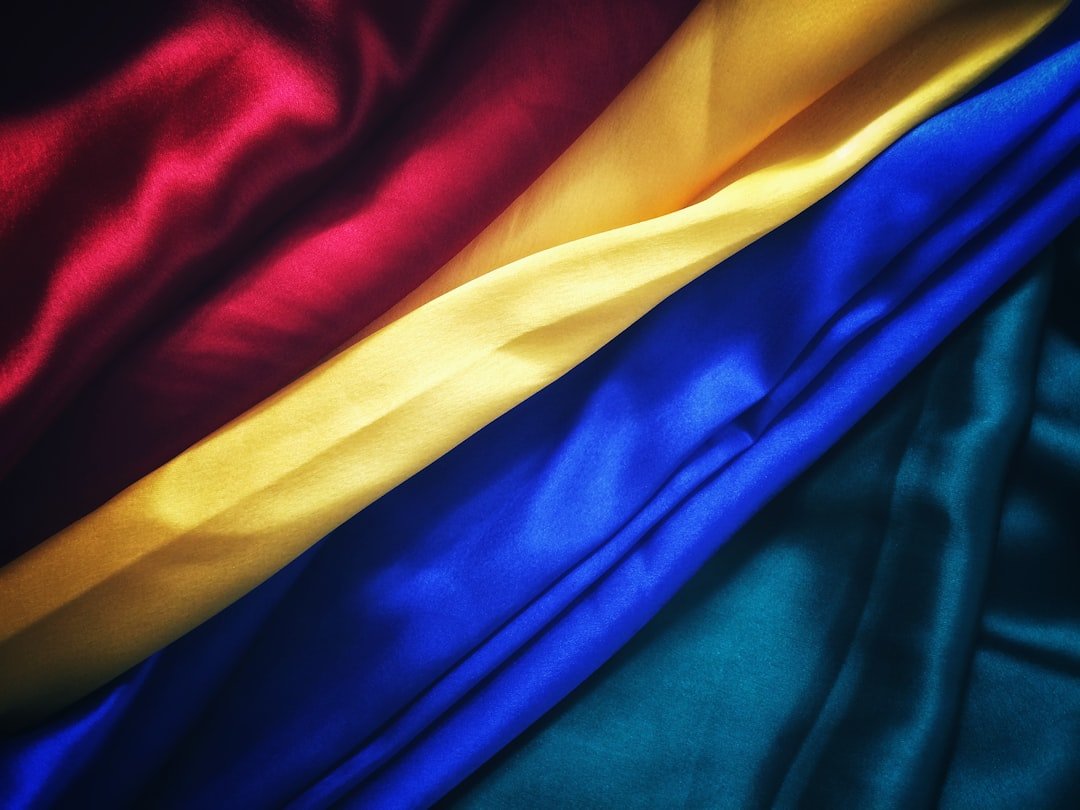
Introduction: Embracing the Upcycled Fashion Movement
Recently, the fashion industry has undergone a transformative shift towards sustainability, with upcycled clothing emerging as a prominent trend. Far from being a fleeting fad, this movement is solidifying its place in the closets of style-conscious individuals who prioritize eco-friendliness. But what makes upcycled garments so appealing and fashionable?
This article delves into the essentials of upcycled clothing, its rising popularity, and practical tips on seamlessly integrating these eco-conscious pieces into your wardrobe while staying stylish.
Defining Upcycled Clothing
Upcycled clothing is crafted from repurposed, pre-owned, or discarded textiles and materials, transformed into fresh, fashionable items. Unlike conventional recycling, which breaks down materials into their base components, upcycling preserves the original fabric’s integrity, reimagining it into unique new creations. This process not only breathes new life into old garments but also plays a crucial role in minimizing waste.
The Surge in Upcycled Fashion’s Popularity
Upcycled clothing is transcending its niche appeal, becoming a favored choice among mainstream fashion enthusiasts. The combination of sustainability, artistic expression, and distinctive designs is driving demand for these eco-friendly garments. But what factors contribute to this trend’s momentum?
As awareness grows regarding the adverse effects of fast fashion—such as ecological damage, labor exploitation, and an escalating waste crisis—many consumers are gravitating towards upcycled alternatives as responsible choices. Furthermore, upcycled fashion allows for the creation of exclusive pieces that stand apart in a landscape dominated by mass production.
The Environmental Toll of Fast Fashion
The fashion sector ranks among the largest polluters globally, with fast fashion significantly exacerbating environmental issues. Annually, millions of tons of textile waste are discarded, while the production of cheap apparel contributes to a massive carbon footprint.
Upcycling addresses these challenges by transforming potential waste into beautiful, functional items. This practice reduces the need for new raw materials, conserves water, and decreases carbon emissions, making it an eco-friendly alternative to traditional manufacturing processes.
Transformative Effects of Upcycled Clothing on the Fashion Industry
Upcycled fashion is revolutionizing the industry by demonstrating that style can coexist with environmental stewardship. Designers and brands are increasingly integrating upcycled materials into their collections, highlighting the versatility and aesthetic appeal of repurposed textiles.
This trend challenges the conventional view of fashion as a realm that thrives on novelty and disposability. Instead, upcycling fosters creativity and encourages consumers to appreciate quality, sustainability, and artisanal craftsmanship.
Advantages of Upcycled Clothing
Environmental Sustainability and Responsibility
The most prominent advantage of upcycled clothing lies in its beneficial impact on the environment. By minimizing waste and conserving resources, upcycling aids in alleviating the negative consequences of textile production. Choosing upcycled pieces means you’re endorsing a circular economy that values ecological integrity over mass production.
Distinctiveness and Customization
Many upcycled items are unique, ensuring that when you wear them, you’re making a statement. A vintage denim jacket or a creatively repurposed sweater each carry a narrative of their own. This individuality lends upcycled clothing an appeal that mass-produced alternatives simply cannot match.
Empowering Local Communities and Small Enterprises
Numerous upcycled clothing brands are small, local enterprises that prioritize sustainable methods. By embracing upcycled fashion, you’re helping these businesses flourish and advocating for ethical production practices that place people before profits.
Current Trends in Upcycled Fashion
Upcycled fashion has evolved beyond simple, secondhand items; it now encompasses a diverse array of chic styles catering to various preferences. From luxury brands to streetwear labels, upcycled fashion is making waves across the industry.
Sustainable Fabrics and Materials
A particularly exciting aspect of upcycled clothing is the incorporation of eco-friendly materials. Designers now utilize repurposed textiles such as organic cotton, recycled polyester, and upcycled leather to craft stylish pieces that are also sustainable. These materials boast quality and durability comparable to new fabrics, but with significantly reduced environmental impact.
Chic and Trendy Styles
Upcycled clothing has become synonymous with innovative style. Designers are taking vintage textiles and reinterpreting them, whether it’s converting a worn-out jean jacket into a trendy crop top or transforming old scarves into eye-catching handbags. The essence of upcycling lies in creativity—these pieces can mirror contemporary trends while showcasing individuality.
Noteworthy Upcycled Clothing Designers
Several designers and brands have taken the lead in the upcycled clothing revolution, making them worth exploring for those interested in sustainable fashion. Here are a few of the most influential names in the upcycled clothing landscape:
- Patagonia – Renowned for its dedication to sustainability, Patagonia produces garments from recycled materials, significantly reducing waste and environmental harm.
- Reformation – This brand merges sustainability with haute couture, offering a collection that features upcycled and repurposed materials in their stylish designs.
- BODE – A luxury label that incorporates antique and vintage fabrics, crafting unique, handcrafted items with cultural and historical significance.
Styling Upcycled Garments for Contemporary Fashion
Integrating upcycled clothing into your wardrobe is simpler than you might expect. Consider these styling tips to create a modern and fashionable ensemble:
- Blend Styles: Pair upcycled pieces with your current wardrobe to achieve a fresh, personalized aesthetic. For example, a vintage denim jacket can complement modern jeans for a stylish contrast.
- Layering Techniques: Upcycled scarves, sweaters, and jackets are perfect for layering. Experiment with different textures and colors to add complexity to your outfit.
- Add Accessories: Incorporate upcycled accessories like bags, hats, and jewelry. These thoughtful additions can enhance your overall look significantly.
Conclusion: The Enduring Appeal of Upcycled Clothing
Upcycled clothing is far more than a fleeting trend; it signifies a pivotal change in the fashion industry toward sustainable and ethical practices. As awareness grows about environmental issues, the demand for upcycled fashion will only continue to rise.
By choosing upcycled clothing, you contribute to waste reduction while endorsing creativity and sustainability. So, why not add a few stylish upcycled pieces to your wardrobe and make a positive difference—one outfit at a time?
Frequently Asked Questions
1. What distinguishes upcycled clothing from recycled clothing?
Upcycled clothing involves creatively transforming old materials into stylish new items, whereas recycled clothing entails breaking down materials to their foundational form for reuse.
2. Can upcycled clothing compete with new garments in style?
Absolutely! Many upcycled items are meticulously designed to embody contemporary fashion trends while retaining a unique flair.
3. Where can I purchase upcycled clothing?
Upcycled clothing can be found in boutique stores, online marketplaces, and through sustainable brands like Patagonia and Reformation.
4. Is upcycled clothing generally pricier than fast fashion?
While upcycled items may sometimes have a higher price tag due to their craftsmanship, they represent a more sustainable investment that typically lasts longer than fast fashion alternatives.
5. How can I begin incorporating upcycled clothing into my wardrobe?
Start by selecting a few key pieces, such as jackets, scarves, or accessories, and integrate them with your existing clothing. Feel free to explore various styles and textures to find what works for you.


